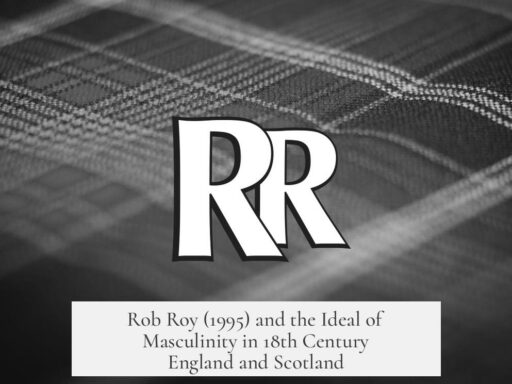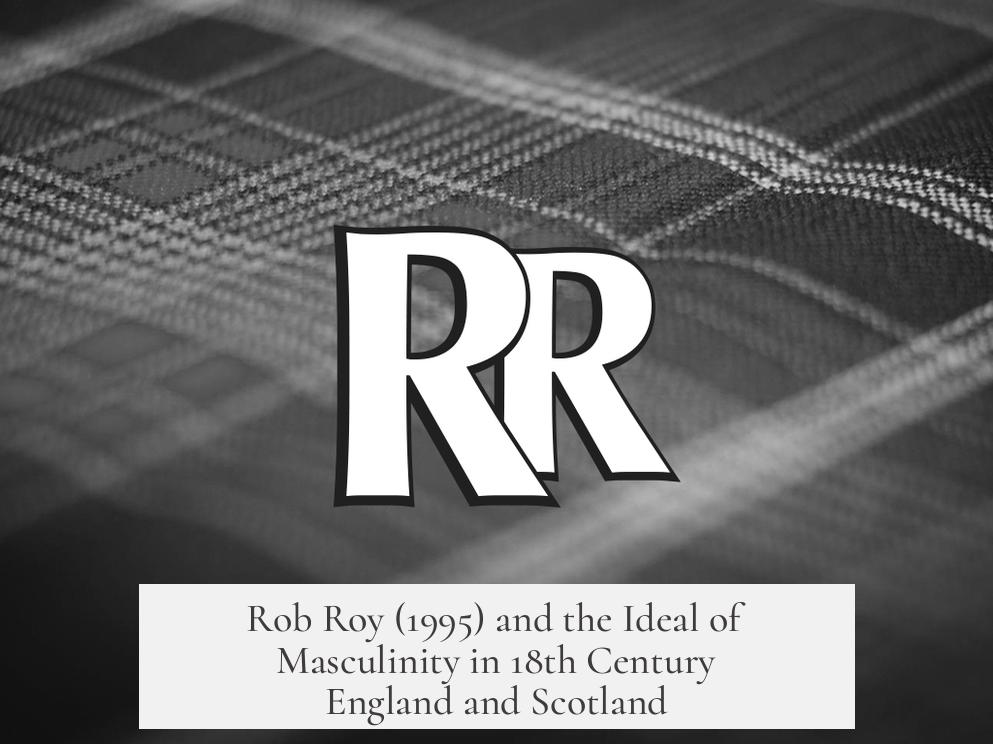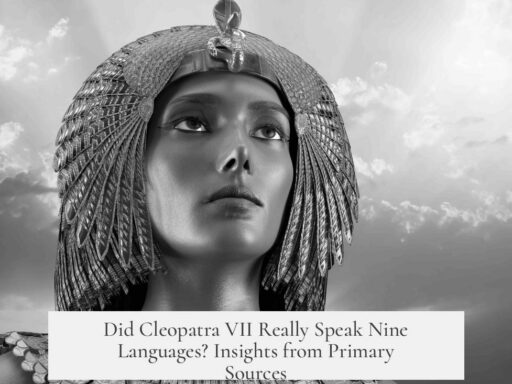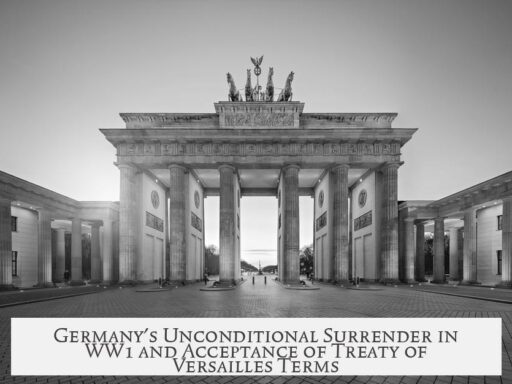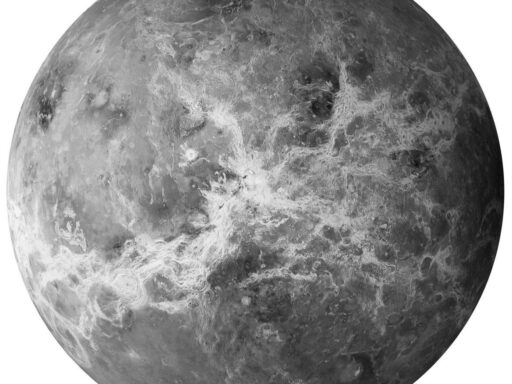The movie Rob Roy (1995) does not accurately depict masculinity ideals in England and Scotland in the early 18th century. Instead, it relies heavily on enduring cultural stereotypes and modern biases rather than historical realities. The film’s portrayal reflects more the popular image of Highland masculinity than an authentic 18th-century understanding of masculinity in the region.
The storyline spans roughly from 1702 to 1722, but the film compresses and mixes events. This creates a loose historical backdrop rather than a faithful reconstruction of the period. The general setting of Scotland and England at the turn of the 18th century is not realistically portrayed, with characters, dates, and events adjusted for dramatic effect rather than accuracy.
The film’s characters mostly have Scottish backgrounds. Notably, the English are depicted through villains who speak with English accents and appear physically delicate and effeminate. The hero, Rob Roy, speaks with a broad Scottish accent and is presented as physically robust and morally upright. This contrast between villain and hero employs a simple dichotomy:
- Villains: English, effeminate, soft manners, often implied as untrustworthy.
- Hero: Scottish, rugged, honest, embodies traditional masculinity.
This portrayal feeds into a binary view, framing English men as weak or morally questionable and Scottish Highlanders as raw, masculine, and noble. However, this depiction reflects modern prejudices and stereotypes rather than documented historical ideals. Associating effeminacy with moral failing derives more from contemporary homophobic attitudes than factual past views.
Contrasting interpretations exist regarding the film’s masculinity portrayal. One viewpoint labels it lazy storytelling that relies on outdated stereotypes of Scottish-English conflict and condemns homosexuality as abnormal. Another viewpoint considers the film partially accurate in representing long-standing cultural stereotypes about Highland men as rough and manly, a perception surviving since at least the 14th century.
Historical sources illustrate these persistent stereotypes. For instance, 14th-century chronicler John of Fordun differentiates Scots on the basis of region:
- Coastal Scots: domestic, civilised, moderate.
- Highlanders and islanders: wild, untamed, independent, and hostile to English language and culture.
Further back, the Roman author Julius Solinus describes ancient Scottish warriors smearing enemies’ blood on their faces and wives laying a newborn’s first food on a sword, symbolizing a warrior ethos. These accounts contribute to a longstanding image of Highlanders as fierce and martial but do not necessarily reflect actual historical behavior or broader masculine ideals.
In the 16th century, chronicler Hector Boece praised Highlanders as “noble savages” contrasting them against Lowlanders, who he considered soft and effeminate. This idea feeds directly into the Rob Roy film’s portrayal of masculinity—an idealized ruggedness associated with Highland manhood.
Despite these stereotypes, historians caution that many such accounts exaggerate regional differences. Highland and Lowland Scots likely shared more similarities in behaviors and masculine ideals than these sources admit. Modern research into cultural identity in Scotland reveals a spectrum of masculinity shaped by local conditions rather than rigid binary oppositions.
The film does not represent nuanced historical realities. Instead, it dramatizes an enduring narrative: Highlander masculinity as stoic, violent, and honorable versus English masculinity as weak or effete. This pattern aligns more with cultural mythmaking and entertainment than scholarly accuracy.
| Aspect | Film Representation | Historical Reality |
|---|---|---|
| Villains | English, effeminate, untrustworthy | Mostly Scottish characters; broad allegiances complex |
| Hero | Highlander, robust, honest, manly | Rooted in stereotypes about Highlanders’ martial nature |
| Timeframe | Events compressed and mixed (1702–1722) | Precise dates and detailed context matter historically |
| Masculinity Ideals | Simple binary: rugged Highlander vs soft Englishmen | More complex, regional variations, shared traits |
In summary, Rob Roy (1995) serves well as historical entertainment. Yet, its depiction of early 18th-century masculinity ideals in England and Scotland is shaped more by stereotypes and narrative needs. It does not offer a deep or accurate portrayal of how masculinity was genuinely conceived or lived in that era.
- The film relies on cultural stereotypes of Highlanders and Englishmen, not historical accuracy.
- Masculinity is portrayed as rugged and honorable in the Scottish hero versus effeminate and villainous English antagonists.
- Historical sources show stereotypes of Highlanders as wild but recognize complexity and similarity across Scottish regions.
- The film compresses historical events and simplifies nuanced cultural identities.
- Viewers should see it as mythic storytelling rather than an accurate reflection of 18th-century masculinity ideals.
Does the movie Rob Roy (1995) accurately depict masculinity ideals in England and Scotland in the early 18th century?
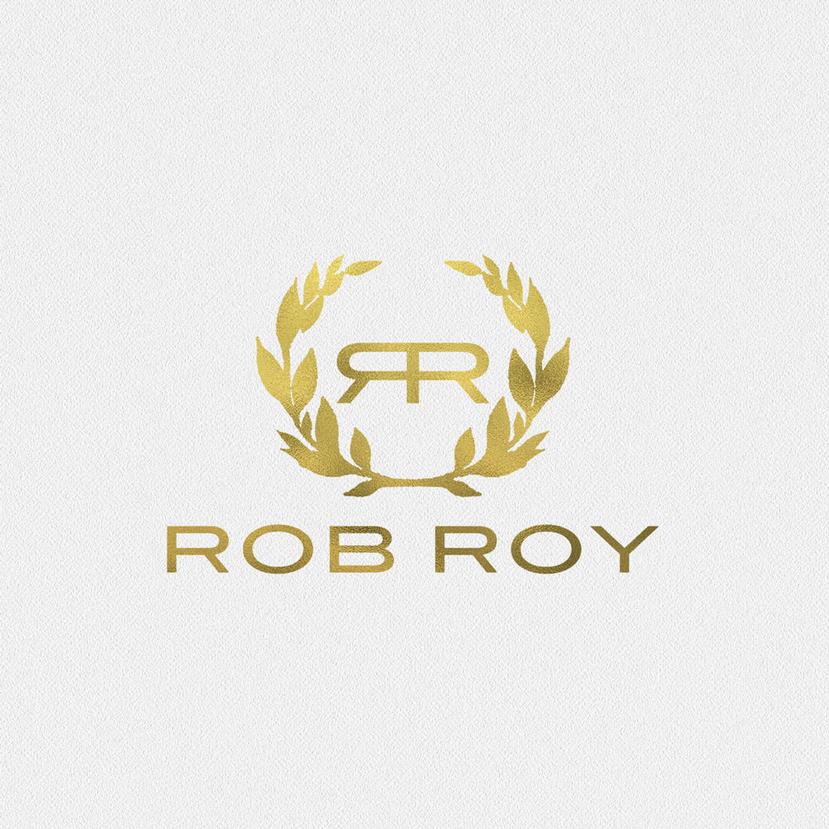
No, the movie Rob Roy (1995) does not accurately depict masculinity ideals in England and Scotland during the early 18th century. Instead, it leans heavily on cultural stereotypes and modern biases masked as historical drama.
Let’s take a closer look at how the film handles masculinity, national identity, and the setting of that turbulent era—and why it falls short as a true reflection of the time.
The Movie’s Historical Background: A Mixed Bag
First off, the film’s timeline and story leave much to be desired in terms of accuracy. Events are jumbled from 1702 to 1722 without much care for historical sequencing. The filmmakers take liberties with character backgrounds and the overall look of Scotland, aiming more for entertainment than education.
It’s like they used the 18th century as a colorful stage rather than a fact-based backdrop.
For example, none of the key characters are actually English—Montrose and Argyll were Scottish peers, and Cunningham, a character invented for the film, seems to be Montrose’s illegitimate son. That blurs any strict English-Scottish divide the film implies, which automatically weakens its claim to authentic masculinity ideals rooted in national identity.
The Battle of Masculinity: Hero vs Villains
The way Rob Roy portrays masculinity is simple—and, frankly, a bit lazy. The heroic Rob Roy is depicted as robust, honest, and openly heterosexual, wrapped in his bold Scottish accent and rugged Highland physique. The villains? They’re English, effeminate, mincing, possibly homosexual—and framed as untrustworthy bad guys.
This raises eyebrows. Does the film imply that “real” masculinity is Scottish and straightforward, while anything else—especially with delicate manners or different sexualities—is “less than”? It certainly plays off old stereotypes and prejudices.
In fact, there are two ways to look at this:
- Lazy storytelling: The movie leans on the supposed Scottish-English hatred and modern (negative) bias against homosexuality, painting anything queer as villainous. This reflects today’s prejudices rather than the realities of the 1700s.
- Historical stereotyping: It draws on long-standing cultural depictions of Highlanders as rough and hyper-masculine, which have roots going back to at least the 14th century.
Highlanders vs Lowlanders: The Age-Old Tale
Historical sources from centuries past describe Highlanders as “savage” and untamed, contrasting with the more “civilized” Lowlanders who dwell near the coast. John of Fordun, a 14th-century chronicler, paints Highlanders as rapacious and rugged, hostile to the English language and people. This stereotype persisted into Roman times, with Julius Solinus describing Highland warriors smeering their faces with enemy blood—a grim, almost mythical image of toughness.
“The manners and customs of the Scots vary with the diversity of their speech… The people of the coast are of domestic and civilised habits… The highlanders and people of the islands on the other hand are a savage and untamed nation, rude and independent…” —John of Fordun
Later chroniclers reinforced this, though there were exceptions. Hector Boece admired the Highlanders as noble savages and criticized the Lowlanders as soft and effeminate—showing that even in the past, conceptions of masculinity and cultural identity were debated.
Separating Stereotype from Reality
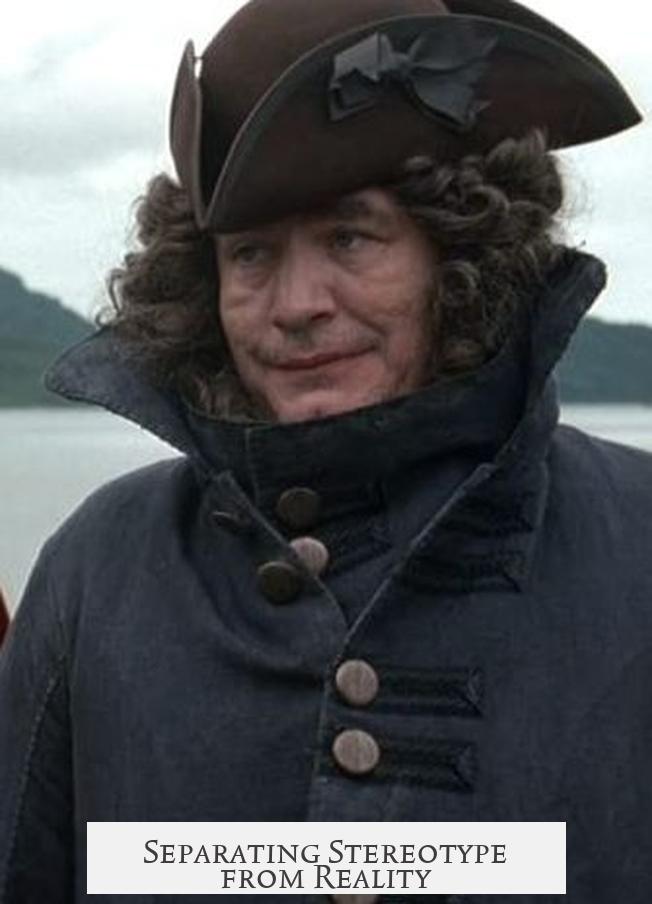
Yet, these descriptions tell us more about perception than reality. Our modern research shows Highlanders and Lowlanders had many cultural similarities, especially around behavior and ideals. The so-called “savage” Highlander and “civilized” Lowlander were more alike than the stereotypes suggest.
This means films like Rob Roy aren’t capturing the nuanced masculinity ideals of the era; instead, they echo long-standing, often exaggerated cultural myths for dramatic effect.
Why Does This Matter? Understanding Masculinity through a Modern Lens
It’s tempting to accept Rob Roy as a snapshot of 18th-century masculinity because it presents bold contrasts and clear heroes and villains. However, tying masculinity to national identity and sexual orientation oversimplifies a complex historical reality.
Did men in early 1700s Scotland all need to be “robust” and “openly masculine” to be seen as real men? Most likely not. Masculinity was probably more varied across classes and regions than the film depicts.
Also, the film’s negative portrayal of homosexual characteristics among villains suggests a modern prejudice rather than historical fact. Homosexuality was a hidden and legally punished existence back then, so it’s unlikely to have shaped broad perceptions of masculinity so neatly.
What Can We Learn from the Film’s Approach?
If you’re watching Rob Roy, enjoy it for what it is: an action-packed, dramatic story inspired by historical figures but not a documentary.
For those curious about early 18th-century masculinity, the film is a starting point, not an answer. It opens conversations on how masculinity is portrayed and how cultural stereotypes travel through time. You might ask: How do we allow historical narratives to evolve beyond caricatures? How does modern media reshape—and sometimes distort—our understanding of past identities? These are questions worth pondering.
In Summary
Rob Roy (1995) does not present an accurate depiction of masculinity ideals in early 18th century England and Scotland. It draws strongly on long-standing stereotypes of Highlanders as rugged men and Lowlanders as softer, mixing these with contemporary prejudices about sexuality and national identity.
The film’s characters—and their masculinity—are shaped more by dramatic needs and cultural myths than by the messy, complex realities of the period.
Ultimately, while entertaining, the movie is a reminder that masculinity, like history, should be examined with care and nuance. Real masculinity ideals of the time were likely much more complicated than a fight between robust Scots and effeminate villains.
Next time you watch a historical film, ask yourself: What stories are they telling—and which ones are they missing?
Q1: Does the movie Rob Roy show real masculinity ideals from early 18th century Scotland and England?
No, the film does not truly reflect masculinity ideals from that time. It leans on stereotypes rather than real historical traits of men in Scotland and England during the early 1700s.
Q2: How are villains and heroes portrayed in terms of masculinity in Rob Roy?
Villains have English accents and are shown as delicate and soft. The hero speaks with a strong Scottish accent and is physically robust. This simplifies masculinity into good versus bad based on stereotypes.
Q3: Are the masculine traits of Highlanders in the film historically accurate?
Partially. The film reflects old stereotypes of Highlanders as rough and strong, which date back to at least the 14th century. These views came from cultural images rather than detailed truth.
Q4: Does Rob Roy address the complexity of Scottish identities well?
No, it simplifies identity by focusing on Scottish Highland masculinity and portraying English characters as villains, ignoring the nuanced connections between Scottish groups themselves.
Q5: Can the film’s masculinity depiction be trusted as historical fact?
No. Its masculinity portrayal draws largely on stereotypes and biases, not on an accurate understanding of how men in Scotland and England actually behaved or saw themselves.
